Creative Methods for supporting social science students in qualitative remote research
by Nadia Von Benzon
In April 2021 we highlighted a new book, Creative Methods for Human Geographers, which is relevant to our December 2022 focus on Creative, Arts-Based, and Visual Methods. Use the code MSPACEQ422 for a 20% discount valid until December 31, 2022.
The COVID-19 pandemic is wreaking havoc across all aspects of our lives. One group that has been particularly hard hit are students – both at undergraduate and postgraduate level. Rather than a life-changing academic, practical and social experience, studying at university for many students internationally, has become narrowed-down to interactions with ideas and people, mediated by a computer screen. For students undertaking research – whether undergraduate or postgraduate dissertations, or theses- this isolation and constriction can seem particularly difficult. Research will need to be completed within strict deadlines, and projects that may have been long-dreamed of may need to be cancelled and re-imagined, rather than simply postponed.
Well-established qualitative research methods in the social sciences have typically celebrated the personal and the inter-personal. That is, the being and doing with people: joining in, observing, and of course, talking. Body language and non-verbal cues are recognized as powerful forms of communication, whilst intimate spaces, or the sharing of food and drink with participants, have been lauded as ways of encouraging ideas-sharing and opening up. These sorts of qualitative research engagements are clearly off the cards during the pandemic, but this doesn’t mean that qualitative research in its entirety needs to be shelved.
Qualitative social science research – both with people and with materials that have been created by people – can be undertaken, even in creative and exciting ways, from the safety of a student house. This might be through researching with online documents, social media, using mobile phones, novels or music. This research could involve the production and analysis of new data generated through engagement with participants to explore ideas and experiences, or by choosing and analyzing existing materials that can be accessed or captured online, or perhaps sent through the post.
Creative Methods in Human Geography is a new textbook, written by a wide variety of qualitative research practitioners, that seeks to showcase innovative and exciting methods for student research, whilst guiding students through the practicalities. Part One explores the design and development of a creative student research project, exploring key concepts in qualitative research like ethics, positionality and reflexivity, providing helpful hints in developing best practice in students’ own work. The second part of the book takes a chapter-by-chapter approach to highlighting a wide variety of different methods – from crafting to poetry, composing music to gaming. Online archives, social media and using apps for research also feature amongst many approaches that will work well in research conducted from home. A final part to the book explores ways of analyzing, presenting and disseminating from creative research projects.
Depending on local guidelines, students might have more or less freedom to research this Summer. However, for those students needing to work from home, I’d particularly recommend Section III and Section V of Part Two, which explore ‘Oral and Written Methods’ and ‘Using and Producing Secondary Data’ respectively. These methods involve working with, or creating, texts, including novels and poetry, and music. Chapter 26, authored by Rhi Smith, Francesca Church and Hilary Goeghegan looks at various ways of using curation as a research method, including exploring approaches to using your own found, or kept, objects for research. Meanwhile, students who enjoy spending time online, might be particularly interested in using social media as a research method. In Chapter 25, Catherine Wilkinson and I discuss using publicly-generated online content, such as social media platforms or blogs, as data for addressing social science research questions. Moving out of the pandemic, these sorts of methods might particularly appeal to students undertaking research with low budgets, or who need – or want – to do their research from home, or work around other commitments. These methods have the advantage of being able to be undertaken flexibly – without the co-ordination and cost associated with working with research participants - and for many students that has huge benefit regardless of a pandemic.
Other methods in the book can be well-adapted to in-person research that is ‘COVID-friendly’, being possible at a safe distance, outdoors, and in a one-to-one scenario. I’d especially recommend Chapter 11, where Mark Riley and colleagues explore mobile interviews; interviews that occur whilst moving around a place. The chapter particularly looks at walking interviews – the perfect method for a sunny day, after months of being cooped up or isolated over the winter. For the more active student researcher, jog-along and even cycling or swimming interviews are possible adaptations of this method. Similarly the worked examples in Mark Holton’s Chapter 21, on apps, and Mike Duggan’s Chapter 19 on mobile technology, Jamie Halliwell and Samantha Wilkinson’s Chapter 20 on mobile phones, Morag Rose and Jane Samuel’s Chapter 12 addressing urban exploration and Chapter 10 on research with sound by Geraint Rhys Whittaker and Kimpberley Peters, provide a plethora of ways of encouraging researchers or participants to create data as they move around outdoor space.
Free Expression Wall
For students not constrained by COVID safety measures, or looking to a future beyond COVID, Creative Methods holds plenty to capture a more tactile, embodied and personable approach to research. Chapters also address performance, lego and mood-boards, creative mapping, life stories, crafting, video recording, gaming and other ways of research-in-person that might be open to adaptation for a remote or open-air research project. For example, Robin Kearns leads on Chapter 9 in which drawing is explored as a research method. The authors consider participant drawing both as a group activity occurring indoors, and as an asynchronous outdoor activity, where participants contribute to a research agenda by adding graffiti to a wall.
Creative Methods intends to present both cutting-edge and well-loved approaches to doing fun, engaging and novel qualitative research in a way that is accessible to students. Each chapter contains summaries of the development and context of the method itself alongside stories ‘from the field’ that speak of researchers’ real-life experiences of using the method. These descriptions and narratives are supplemented with clear guidance around further reading and activities to support student understanding and the development of familiarity with the method.
We hope Creative Methods for Human Geographers will provide a valuable resource for qualitative social science research both during, and beyond, the COVID-19 pandemic.

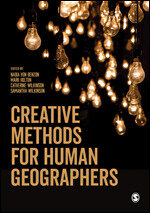

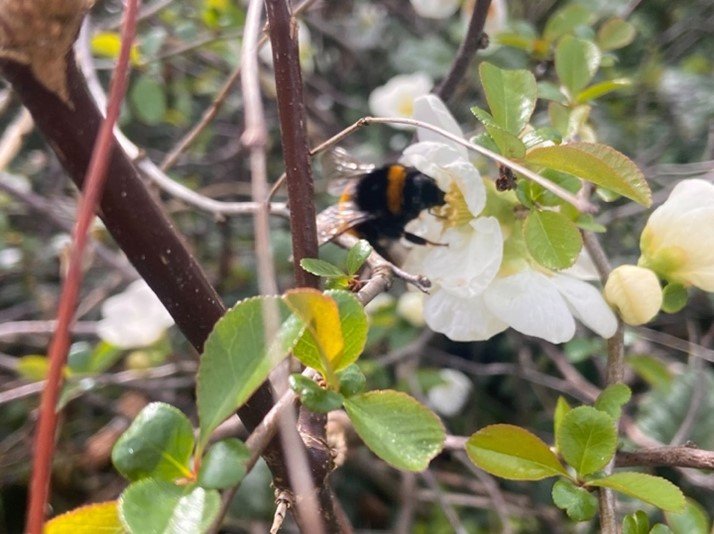
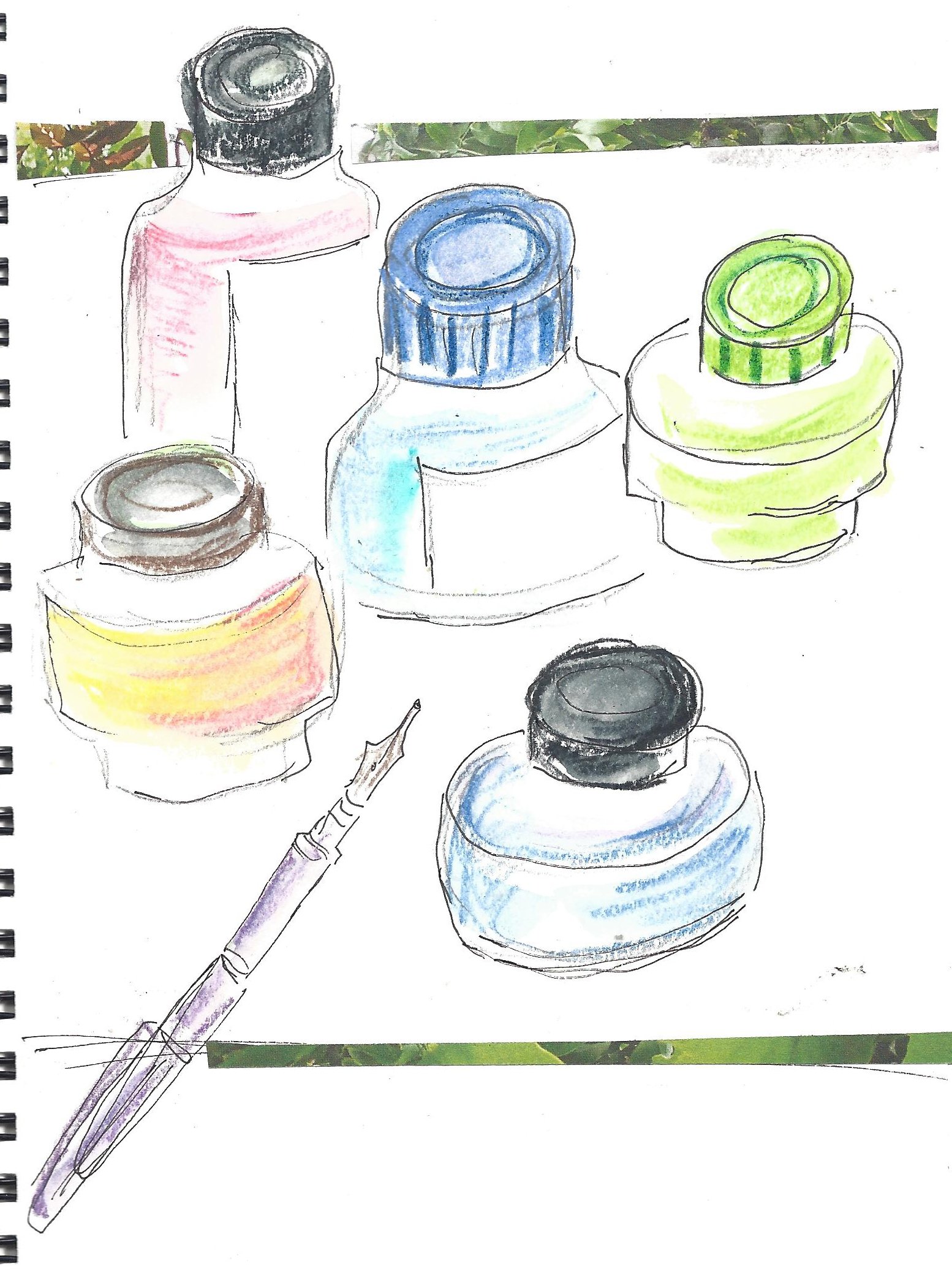
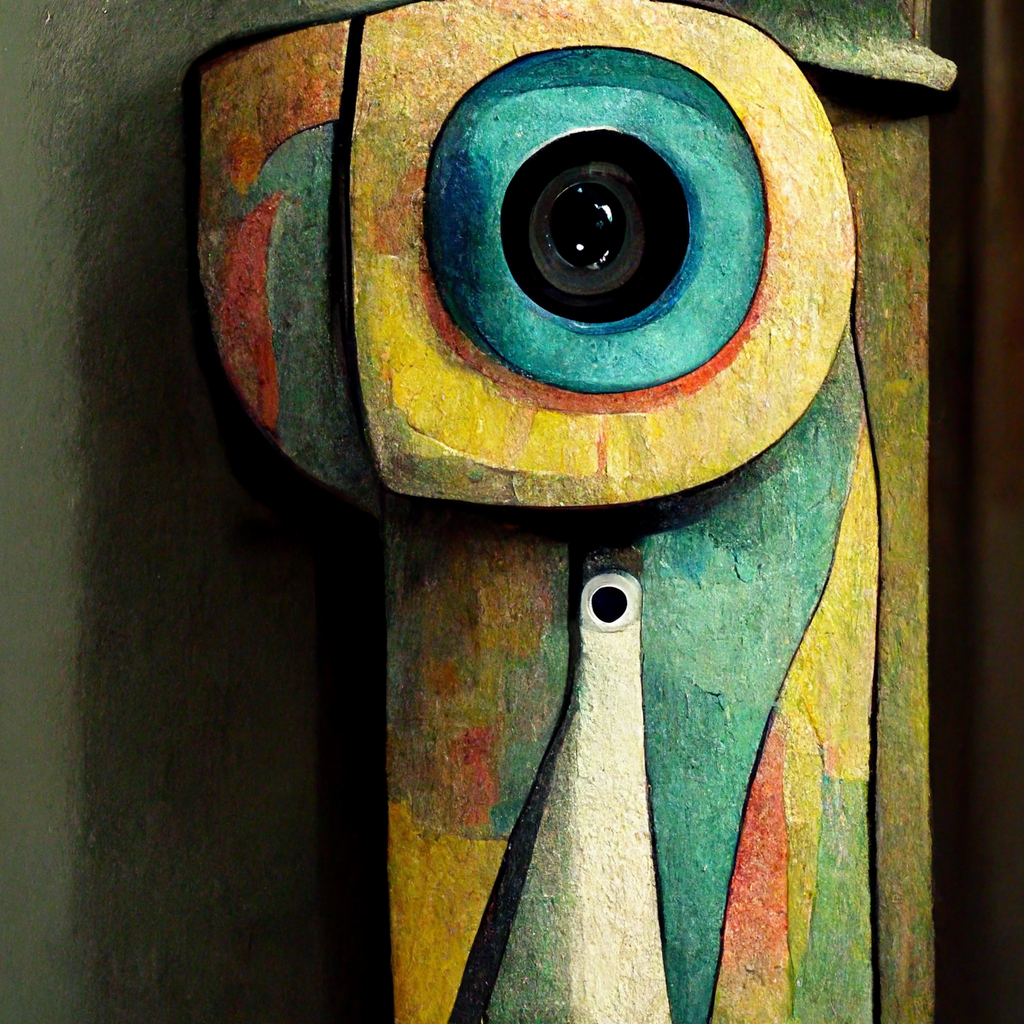















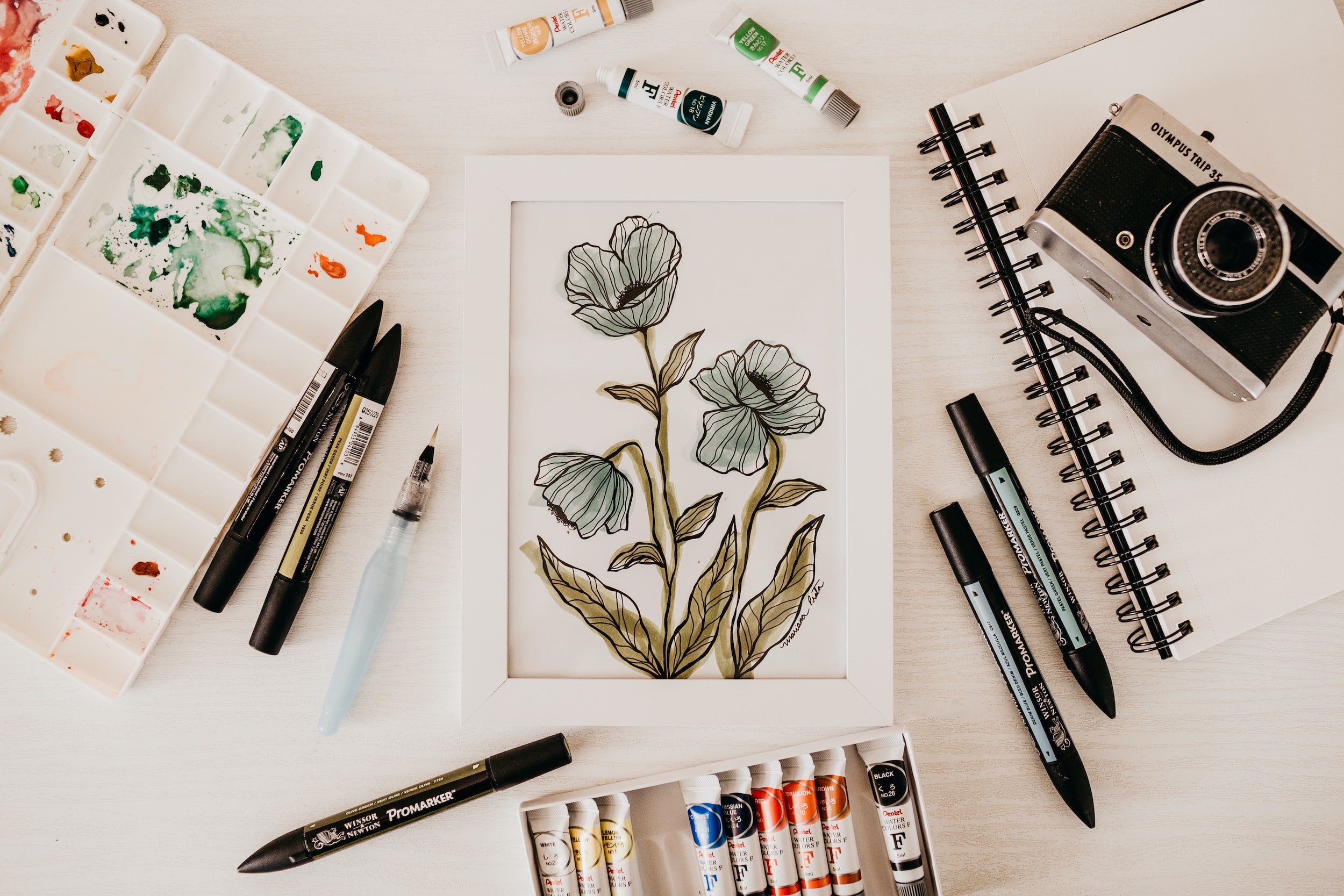
How can we teach and learn research methods and academic writing skills using videos? Find 6 ways to use videos with students or to delve more deeply and build your own skills. Make sure to check out Methodspace videos freely available on YouTube.